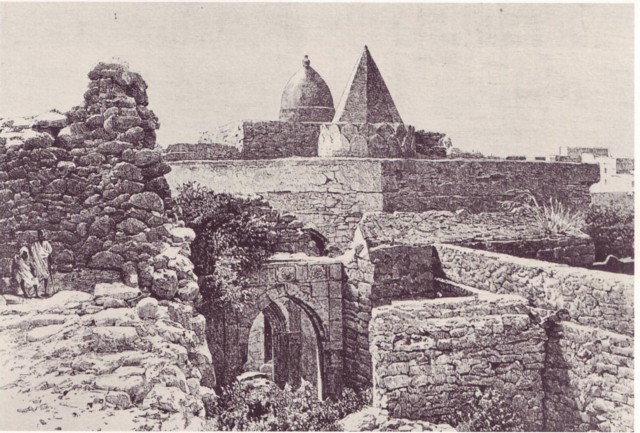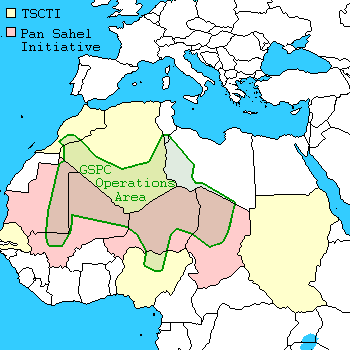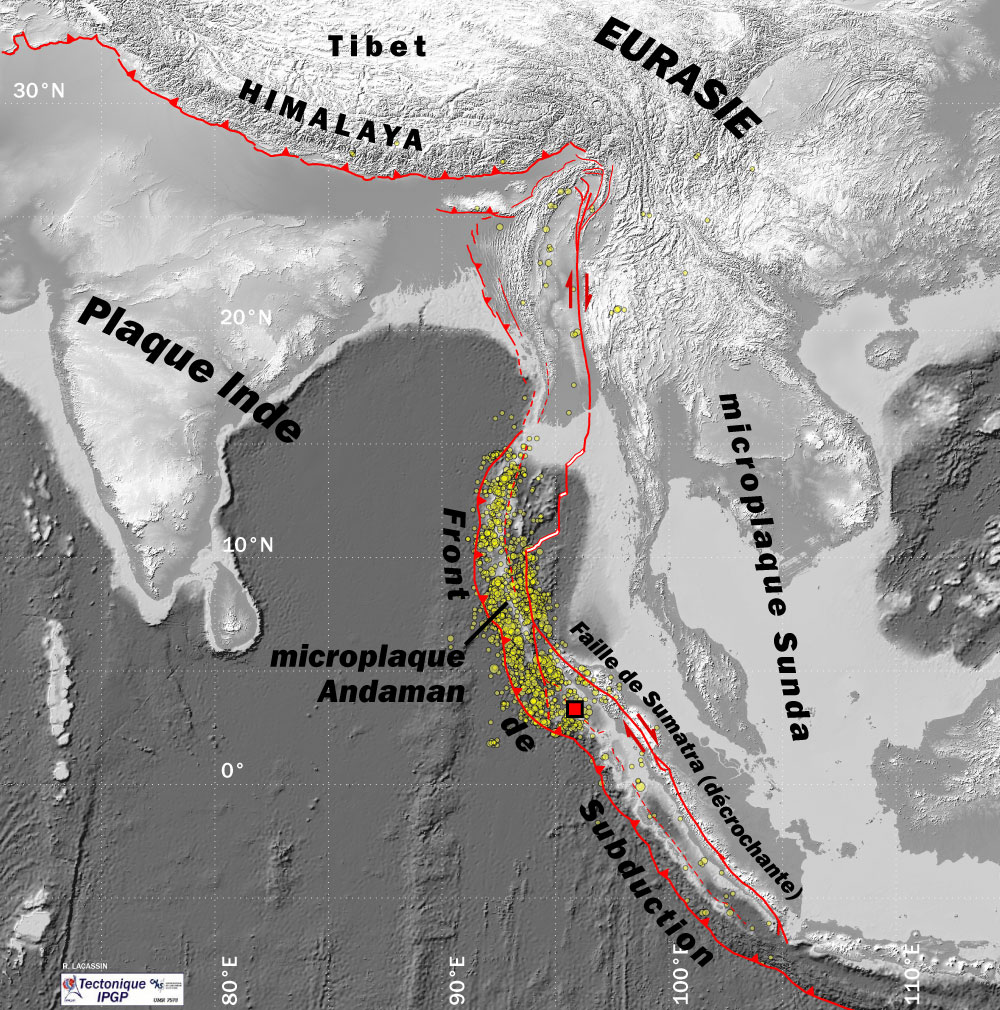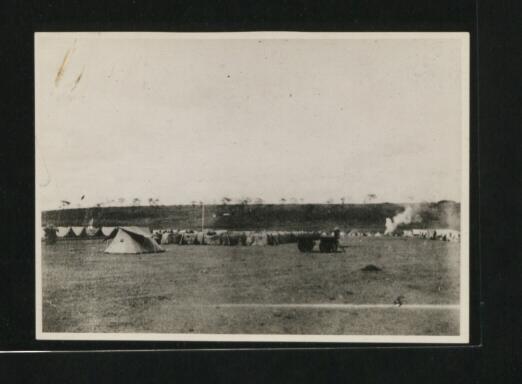|
2004 In Somalia
The following lists events that happened during 2004 in Somalia. Incumbents *Abdullahi Yusuf Ahmed, President, 14 October 2004 – 29 December 2008 * Muhammad Abdi Yusuf, Prime Minister, 8 December 2003 – 3 November 2004 *Ali Mohammed Ghedi, Prime Minister, 3 November 2004 – 29 October 2007 Events * Attempts at reconciliation in Somalia (1991–2004) *In January 2004 a conference was held in Nairobi, Kenya, at which the Transitional Federal Government was agreed to. A document was signed by the major factions, entitled, ''Declaration on the Harmonization of Various Issues Proposed by the Somali Delegates at the Somali Consultative Meetings from 9–29 January 2004''. From this, the Transitional Federal Institutions were agreed to, including elections. However, none of the parties yet had disarmed. *The 2004 Indian Ocean earthquake triggered a tsunami that reached Somalia, killed 150 Somalis *On 25 October, President Ahmed formally requested assistance from the African Unio ... [...More Info...] [...Related Items...] OR: [Wikipedia] [Google] [Baidu] |
Abdullahi Yusuf Ahmed
Abdullahi Yusuf Ahmed (, ; 15 December 1934 – 23 March 2012), was a Somali politician and former military official who served as the first President of Puntland from 1998 to 2004. He also played a key role in establishing the Transitional Federal Government of Somalia, Transitional Federal Government (TFG), which he led as President of Somalia from 2004 to 2008. Additionally, he was one of the founders of the rebel Somali Salvation Democratic Front (SSDF). Yusuf was a career soldier in the Somali National Army, participating in the 1964 Ethiopian–Somali Border War, 1964 Border War and Ogaden War against Ethiopia. After Somalia's defeat in the Ogaden War in 1978, he 1978 Somali coup attempt, led a failed coup against President Siad Barre, marking the start of the Somali Rebellion, Somali rebellion. Following the coup's failure, Yusuf established the Somali Salvation Democratic Front in Ethiopia and began fighting alongside Ethiopian forces against the Somali army. During ... [...More Info...] [...Related Items...] OR: [Wikipedia] [Google] [Baidu] |
Effect Of The 2004 Indian Ocean Earthquake On Somalia
The effect of the 2004 Indian Ocean earthquake on Somalia was significant. Coastal and rural communities in Somalia, as far as from the epicentre of the 2004 Indian Ocean earthquake, were swept away or destroyed by the resulting tsunami on 26 December 2004. As of 5 January 2005, the confirmed death toll stood at 298. According to presidential spokesperson Yusuf Mohamed Ismail of the Transitional Federal Government, more than 50,000 people were also displaced. Impact Most of the damage was centered in the coastal parts of the autonomous Puntland state in northeastern Somalia, particularly the area between Hafun in the Bari region and Garacad in Mudug. The narrow and low-lying peninsula of Hafun, northeast of Mogadishu, was especially affected. In Puntland, rising waters destroyed properties in Hafun and Kulub, while parts of the towns and hamlets of Bander Beyla, Eyl, Foar and Bargaal were flooded. Other coastal areas, including Lower Juba, were also somewhat affected. The UN ... [...More Info...] [...Related Items...] OR: [Wikipedia] [Google] [Baidu] |
Years Of The 21st Century In Somalia
A year is a unit of time based on how long it takes the Earth to orbit the Sun. In scientific use, the tropical year (approximately 365 solar days, 5 hours, 48 minutes, 45 seconds) and the sidereal year (about 20 minutes longer) are more exact. The modern calendar year, as reckoned according to the Gregorian calendar, approximates the tropical year by using a system of leap years. The term 'year' is also used to indicate other periods of roughly similar duration, such as the lunar year (a roughly 354-day cycle of twelve of the Moon's phasessee lunar calendar), as well as periods loosely associated with the calendar or astronomical year, such as the seasonal year, the fiscal year, the academic year, etc. Due to the Earth's axial tilt, the course of a year sees the passing of the seasons, marked by changes in weather, the hours of daylight, and, consequently, vegetation and soil fertility. In temperate and subpolar regions around the planet, four seasons are generally ... [...More Info...] [...Related Items...] OR: [Wikipedia] [Google] [Baidu] |
2004 By Country
4 (four) is a number, numeral and digit. It is the natural number following 3 and preceding 5. It is a square number, the smallest semiprime and composite number, and is considered unlucky in many East Asian cultures. Evolution of the Hindu-Arabic digit Brahmic numerals represented 1, 2, and 3 with as many lines. 4 was simplified by joining its four lines into a cross that looks like the modern plus sign. The Shunga would add a horizontal line on top of the digit, and the Kshatrapa and Pallava evolved the digit to a point where the speed of writing was a secondary concern. The Arabs' 4 still had the early concept of the cross, but for the sake of efficiency, was made in one stroke by connecting the "western" end to the "northern" end; the "eastern" end was finished off with a curve. The Europeans dropped the finishing curve and gradually made the digit less cursive, ending up with a digit very close to the original Brahmin cross. While the shape of the character for ... [...More Info...] [...Related Items...] OR: [Wikipedia] [Google] [Baidu] |
2004 In Somalia
The following lists events that happened during 2004 in Somalia. Incumbents *Abdullahi Yusuf Ahmed, President, 14 October 2004 – 29 December 2008 * Muhammad Abdi Yusuf, Prime Minister, 8 December 2003 – 3 November 2004 *Ali Mohammed Ghedi, Prime Minister, 3 November 2004 – 29 October 2007 Events * Attempts at reconciliation in Somalia (1991–2004) *In January 2004 a conference was held in Nairobi, Kenya, at which the Transitional Federal Government was agreed to. A document was signed by the major factions, entitled, ''Declaration on the Harmonization of Various Issues Proposed by the Somali Delegates at the Somali Consultative Meetings from 9–29 January 2004''. From this, the Transitional Federal Institutions were agreed to, including elections. However, none of the parties yet had disarmed. *The 2004 Indian Ocean earthquake triggered a tsunami that reached Somalia, killed 150 Somalis *On 25 October, President Ahmed formally requested assistance from the African Unio ... [...More Info...] [...Related Items...] OR: [Wikipedia] [Google] [Baidu] |
Timeline Of Somali History
The following Outline (list), outline is provided as an overview of and topical guide to Somalia: Somalia – country located in the Horn of Africa. It is bordered by Ethiopia to the west, Djibouti to the northwest, the Gulf of Aden to the north, the Guardafui Channel and Somali Sea to the east, and Kenya to the southwest. Somalia has the longest coastline on the mainland, and its terrain consists mainly of plateaus, plains and highlands. Hot conditions prevail year-round, along with periodic monsoon winds and irregular rainfall. General reference * International Phonetic Alphabet, Pronunciation: * Common English country name: Somalia * Official English country name: The Federal Republic of Somalia * Common endonym(s): List of countries and capitals in native languages, * Official endonym(s): List of official endonyms of present-day nations and states, * List of adjectival and demonymic forms of place names#Countries and nations, Adjectival(s): Somali (disamb ... [...More Info...] [...Related Items...] OR: [Wikipedia] [Google] [Baidu] |
Mogadishu
Mogadishu, locally known as Xamar or Hamar, is the capital and List of cities in Somalia by population, most populous city of Somalia. The city has served as an important port connecting traders across the Indian Ocean for millennia and has an estimated urban population of 2,610,483. Mogadishu is located in the coastal Banaadir region on the Indian Ocean, which, unlike other Somali regions, is considered a municipality rather than a (federal state). Mogadishu has a long history, which ranges from the ancient history, ancient period up until the present, serving as the capital of the Sultanate of Mogadishu in the 9th-13th century, which for many centuries controlled the Indian Ocean gold trade and eventually came under the Ajuran Sultanate in the 13th century which was an important player in the medieval Silk Road maritime trade. Mogadishu enjoyed the height of its prosperity during the 14th and 15th centuries and was during the early modern period considered the wealthiest ... [...More Info...] [...Related Items...] OR: [Wikipedia] [Google] [Baidu] |
African Union
The African Union (AU) is a continental union of 55 member states located on the continent of Africa. The AU was announced in the Sirte Declaration in Sirte, Libya, on 9 September 1999, calling for the establishment of the African Union. The bloc was launched on 9 July 2002 in Durban, South Africa. The intention of the AU was to replace the Organisation of African Unity (OAU), established on 25 May 1963 in Addis Ababa by 32 signatory governments; the OAU was disbanded on 9 July 2002. The most important decisions of the AU are made by the Assembly of the African Union, a semi-annual meeting of the heads of state and government of its member states. The AU's secretariat, the African Union Commission, is based in Addis Ababa. The largest city in the AU is Lagos, Nigeria while the list of urban areas in Africa by population, largest urban agglomeration is Cairo, Egypt. The African Union has more than 1.3 billion people and an area of around and includes world landmarks such as the ... [...More Info...] [...Related Items...] OR: [Wikipedia] [Google] [Baidu] |
2004 Indian Ocean Earthquake
On 26 December 2004, at 07:58:53 local time (UTC+07:00, UTC+7), a major earthquake with a magnitude of 9.2–9.3 struck with an epicenter, epicentre off the west coast of Aceh in northern Sumatra, Indonesia. The Submarine earthquake, undersea megathrust earthquake, known in the scientific community as the Sumatra–Andaman earthquake, was caused by a rupture along the fault between the Burma plate and the Indian plate, and reached a Modified Mercalli intensity scale, Mercalli intensity of IX in some areas. A massive tsunami with waves up to high, known as the Boxing Day Tsunami after the Boxing Day holiday, or as the Asian Tsunami, devastated communities along the surrounding coasts of the Indian Ocean, killing an estimated 227,898 people in 14 countries, violently in Aceh (Indonesia), and severely in Sri Lanka, Tamil Nadu (India), and Khao Lak (Thailand). The direct result was major disruption to living conditions and commerce in coastal provinces of surrounding countries. I ... [...More Info...] [...Related Items...] OR: [Wikipedia] [Google] [Baidu] |
Transitional Federal Government
The Transitional Federal Government (TFG) (, , ) was internationally recognized as a provisional government of the Somalia from 14 October 2004 until 20 August 2012. It was established in Nairobi, Kenya, following the Transitional National Government of Somalia, Transitional National Government (TNG), and formed part of an internationally backed peace process aimed at restoring state institutions after the collapse of the Somali Democratic Republic in 1991. The TFG operated under the Transitional Federal Charter of the Somali Republic, Transitional Federal Charter and represented the 14th attempt to establish a central government since the outbreak of civil war. Initially based in Kenya, the TFG relocated to Somalia in 2005 amid internal divisions and low public confidence. The first administration, led by President Abdullahi Yusuf Ahmed, Abdullahi Yusuf, was plagued by disputes over the deployment of foreign troops, deep factionalism, and competing claims of authority. With stron ... [...More Info...] [...Related Items...] OR: [Wikipedia] [Google] [Baidu] |
Nairobi, Kenya
Nairobi is the capital and largest city of Kenya. The city lies in the south-central part of Kenya, at an elevation of . The name is derived from the Maasai phrase , which translates to 'place of cool waters', a reference to the Nairobi River which flows through the city. The city proper had a population of 4,397,073 in the 2019 census. Nairobi is home of the Kenyan Parliament Buildings and hosts thousands of Kenyan businesses and international companies and organisations, including the United Nations Environment Programme (UN Environment) and the United Nations Office at Nairobi (UNON). Nairobi is an established hub for business and culture. The Nairobi Securities Exchange (NSE) is one of the largest stock exchanges in Africa and the second-oldest exchange on the continent. It is Africa's fourth-largest stock exchange in terms of trading volume, capable of making 10 million trades a day. It also contains the Nairobi National Park. Nairobi joined the UNESCO Global Networ ... [...More Info...] [...Related Items...] OR: [Wikipedia] [Google] [Baidu] |







